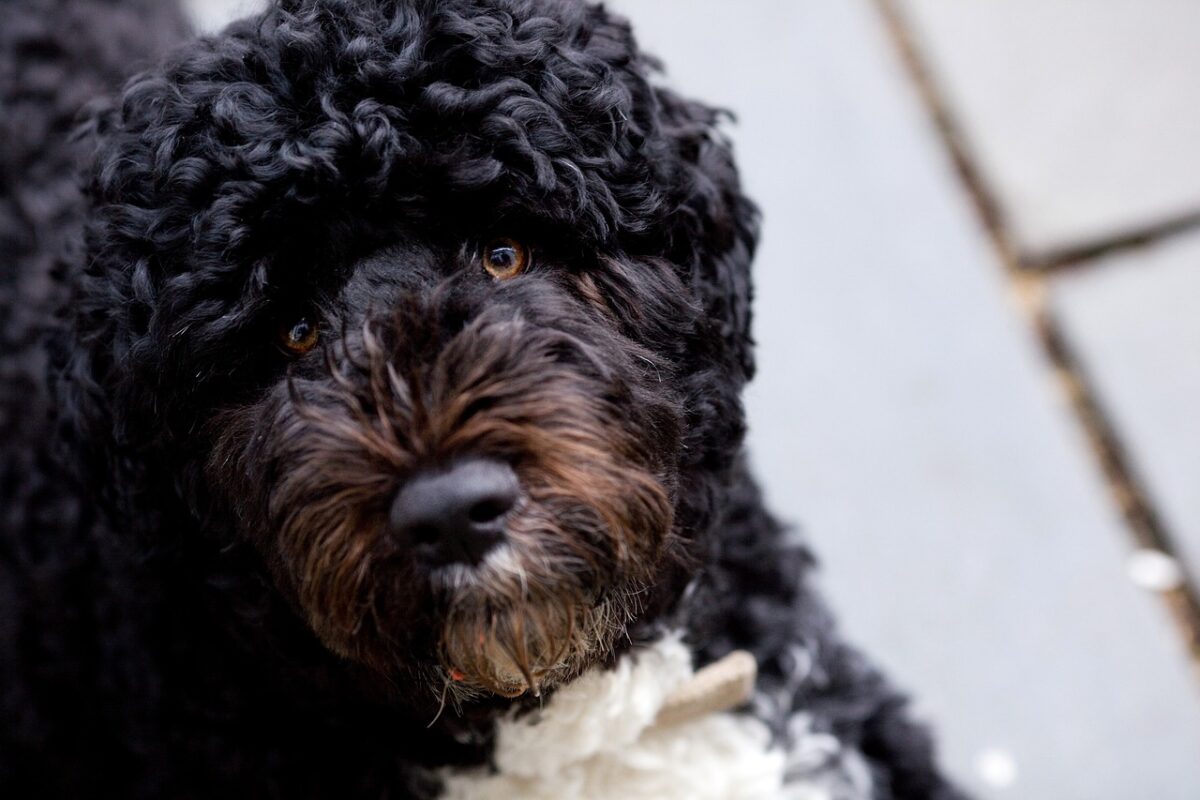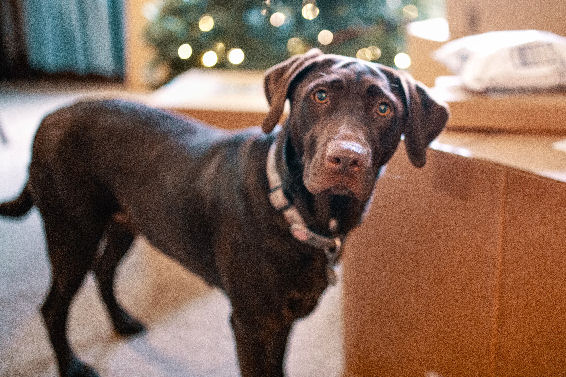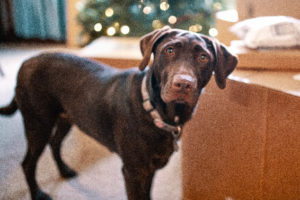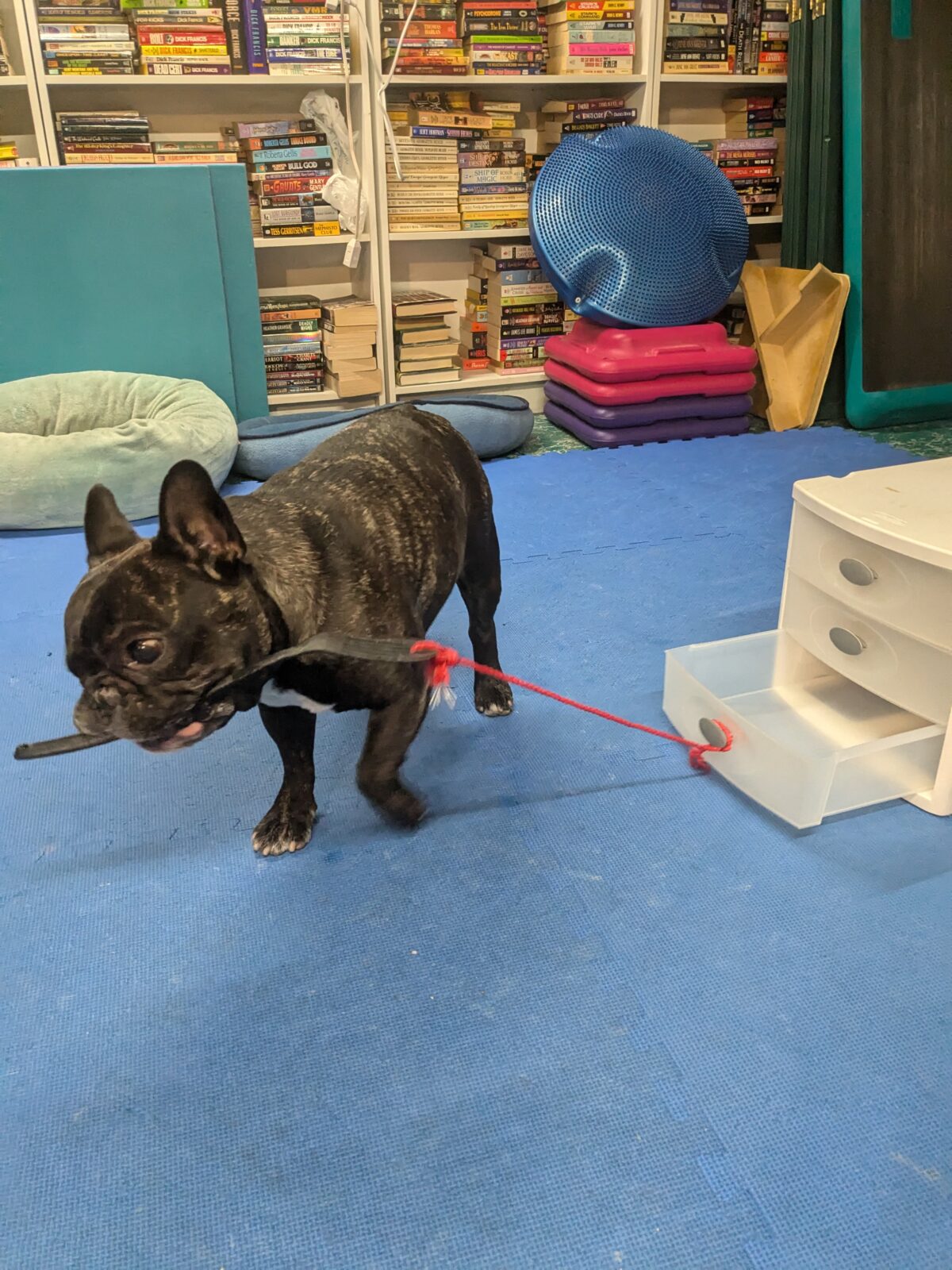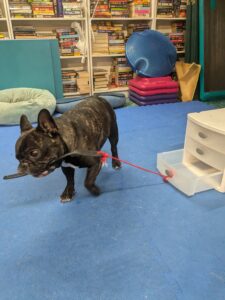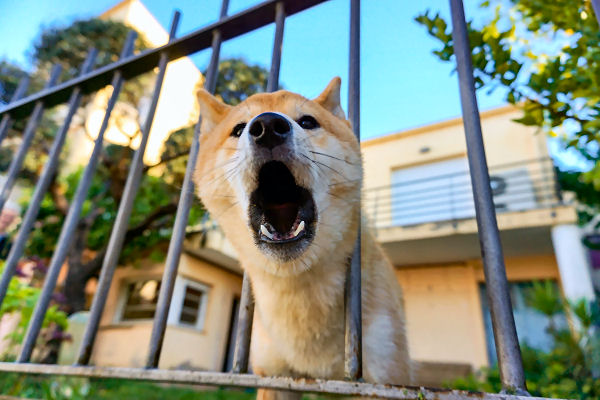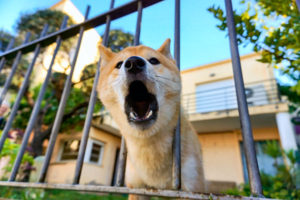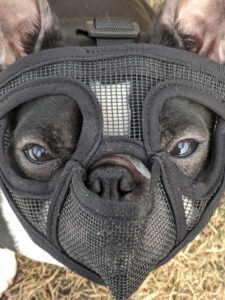One of our students resisted teaching her dog “tricks.” She thought it was silly, or beneath her dignity as a serious Obedience person. She still drags her heels when we come up with new behaviors. But we’ve convinced her that trick training builds confidence.
It’s kind of a “Freaky Friday” situation. One of our Rally Obedience class students was one of our first dog training instructors. She’s been, over lots of years, one of the top Obedience competitors in our region.
Back in the day, she was an old-school trainer and, like everybody at the time, we used “corrections” to teach our dogs. That was the accepted word for giving dogs a collar pop to let them know they’d done something wrong.
Fortunately, when you know better you do better, and we’ve all changed over to positive reinforcement training. We converted because we changed the way we think. Our student, let’s call her Celeste, has a dog that required the change.
Suddenly scared of the world
When her dog, a beautiful, well-bred sporting dog, was about 15 months old, something changed. A happy, confident puppy, she was suddenly scared of the world. Nobody but Celeste could touch her, she was hiding behind her mom’s legs.
Nothing bad happened to her. The veterinarians couldn’t find anything wrong. But this dog that was almost ready for Obedience competition now couldn’t even stop drooling in public.
Celeste, of course, was both puzzled and disappointed. The hopes and dreams she had for her dog flew out the window. Worse than starting from scratch, she now had to undo whatever demons now controlled her dog.
Getting past scared
The worst, of course, for the dog was the Novice exercise “Stand For Exam.” The dog has to stand stock still while the judge touches the dog’s head, shoulders, and hips. That’s all there is to it, but it was now impossible. She was so terrified that her “Stand” disappeared. Because she associated it with the dreaded touching.
Celeste started Rally class with this dog because, quite frankly, she doesn’t really care about Rally. In her mind, it’s a precursor for “real” Obedience. We knew this, and warmly welcomed her to class. Rally is more relaxed than Obedience, and a good place to practice all of the moves Obedience requires.

What Celeste wasn’t counting on was our insistence that she and her dog learn lots of little behaviors and “tricks.” She told us quite firmly that “I just don’t teach my dogs tricks.”
Nevertheless, she got on board. Her dog, already beautifully trained to do almost anything Celeste asked, started having fun putting some of those things together. Puppy Push-ups are a thing of beauty with this team. She resisted teaching “Roll Over,” but her dog loves it. The dog also loves “Sit Pretty,” walking backwards, sideways, and tons of others.
Opening doors
Teaching this dog “tricks” is restoring her confidence. She knows how to do things and gets rewarded for doing them. It’s given her a foundation of security. She knows what’s expected of her, knows she can do it, and even enjoys it.
Does the dog still get the heebie-jeebies? On occasion. Celeste is still prepared when it happens. But she’s also become convinced of the value of the little things, the “tricks” her dog does.
Teach your dog some tricks
Even if you don’t care about any kind of dog sports competition or training, teaching your dog little “tricks” builds their confidence. You may not care if your dog is a social media star, or has a whole string of performance titles. But you do care that your dog is happy and knows how to behave.
Dogs aren’t little minions we need to do our bidding. They are intelligent, social beings who love partnering with you, and doing stuff together.

